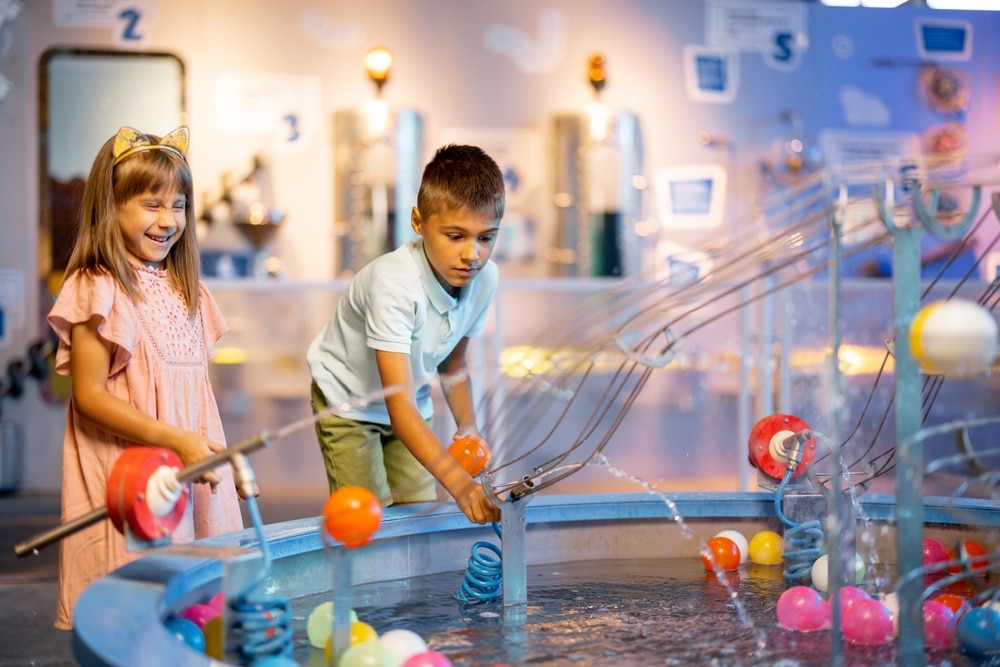Phone
832-979-3573
Children’s museums are magical spaces where curiosity is nurtured, creativity is unleashed, and learning happens through play. These vibrant and interactive environments are designed specifically for young minds, offering hands-on exhibits, engaging activities, and educational programs that captivate and inspire children of all ages. From the moment they step through the doors, children are invited to explore, imagine, and discover in ways that are both fun and educational.
Unlike traditional museums, which often focus on observation, children’s museums emphasize participation. Whether it’s building a towering structure, experimenting with science, exploring the wonders of the natural world, or stepping into the shoes of a firefighter, children’s museums provide endless opportunities for imaginative play and experiential learning. Let’s delve into the world of children’s museums, where every exhibit is an adventure, and every visit sparks a lifelong love of learning.
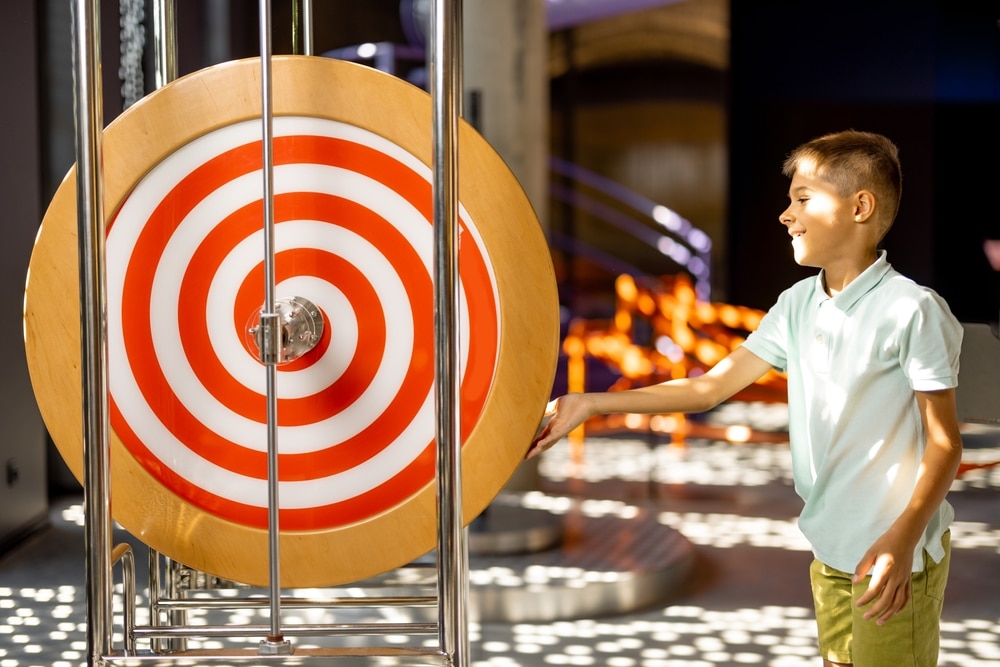
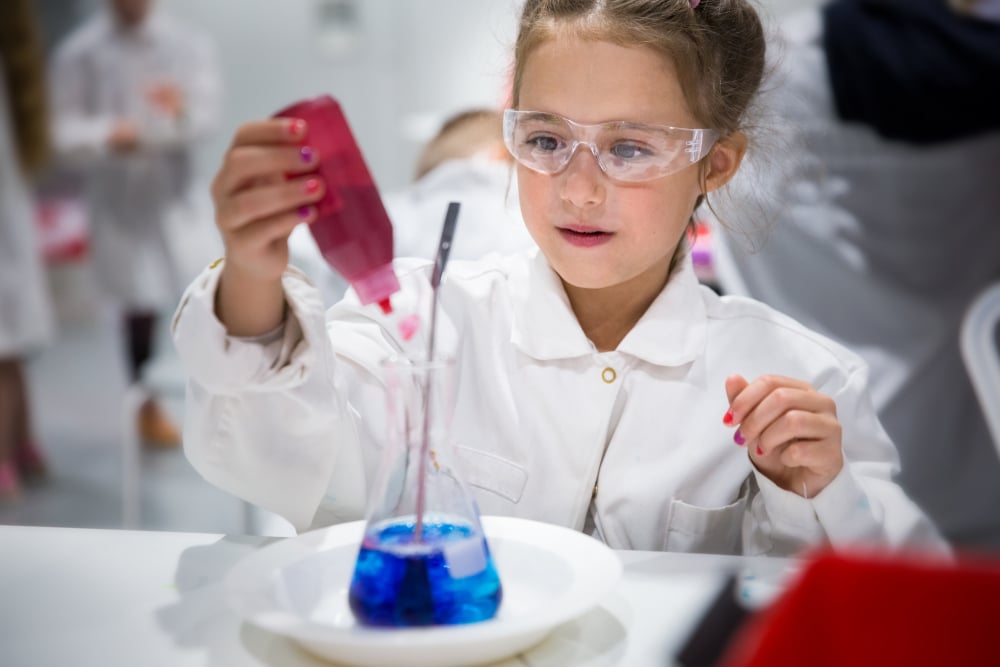
Children’s museums are home to a wide variety of exhibits, each designed to engage young visitors in different ways. These exhibits often cover a range of subjects, from science and technology to art, history, and culture, ensuring that there’s something to capture the interest of every child.
Children’s museums are more than just places to have fun; they play a vital role in the cognitive, emotional, and social development of young children. By providing interactive and engaging experiences, these museums help children build the skills and knowledge they need to succeed in school and life.
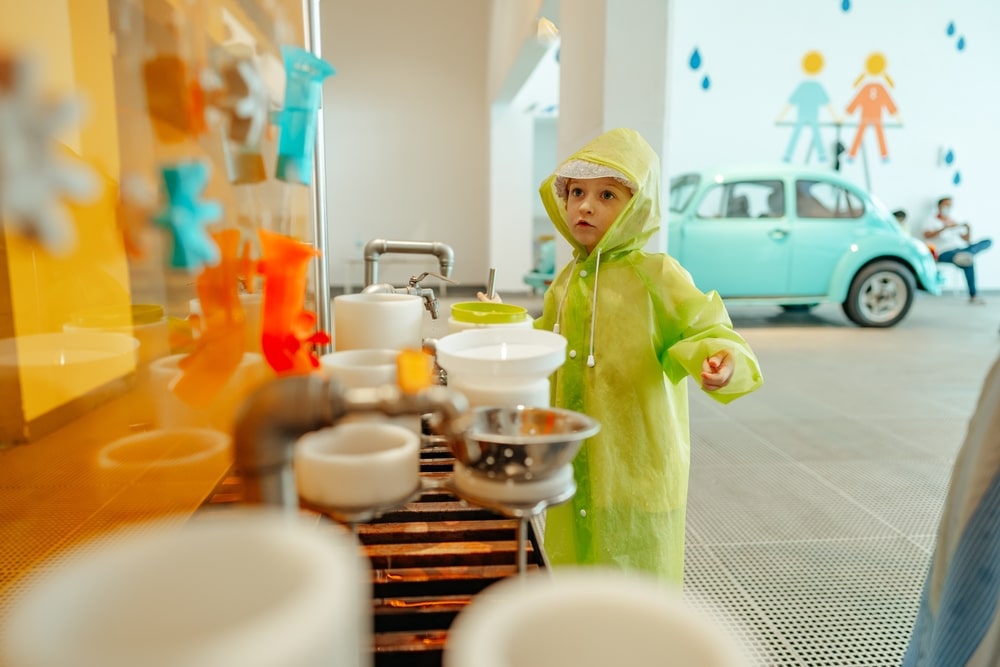
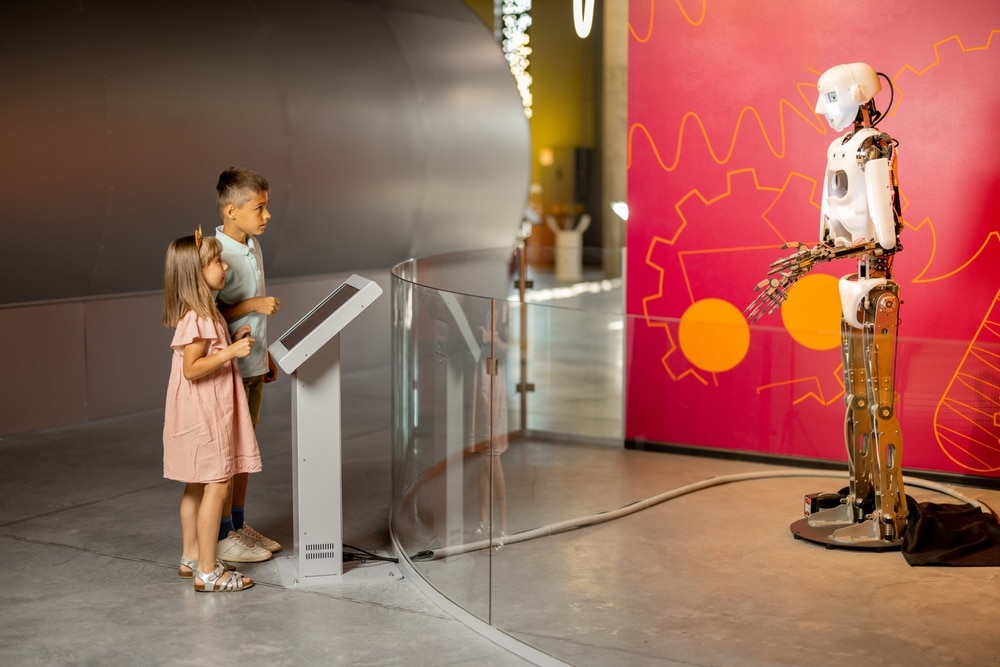
A visit to a children’s museum can be a memorable and enriching experience for both children and their caregivers. Here are some tips to help you make the most of your visit:
Children’s museums are special places where the joys of play and the wonders of learning come together in perfect harmony. These vibrant spaces offer children the freedom to explore, create, and discover at their own pace, all while building important skills that will serve them throughout their lives.
Whether you’re watching your child’s eyes light up as they solve a puzzle, seeing them express themselves through art, or hearing them ask questions about the world around them, a visit to a children’s museum is a reminder of the incredible potential of young minds. These museums are not just places to pass the time—they are places where lifelong passions are ignited, and where children learn that the world is full of possibilities waiting to be explored.
So, whether you’re planning a family outing, looking for a rainy-day activity, or seeking a new way to inspire your child’s curiosity, let children’s museums guide you on a journey of play, discovery, and endless learning.
